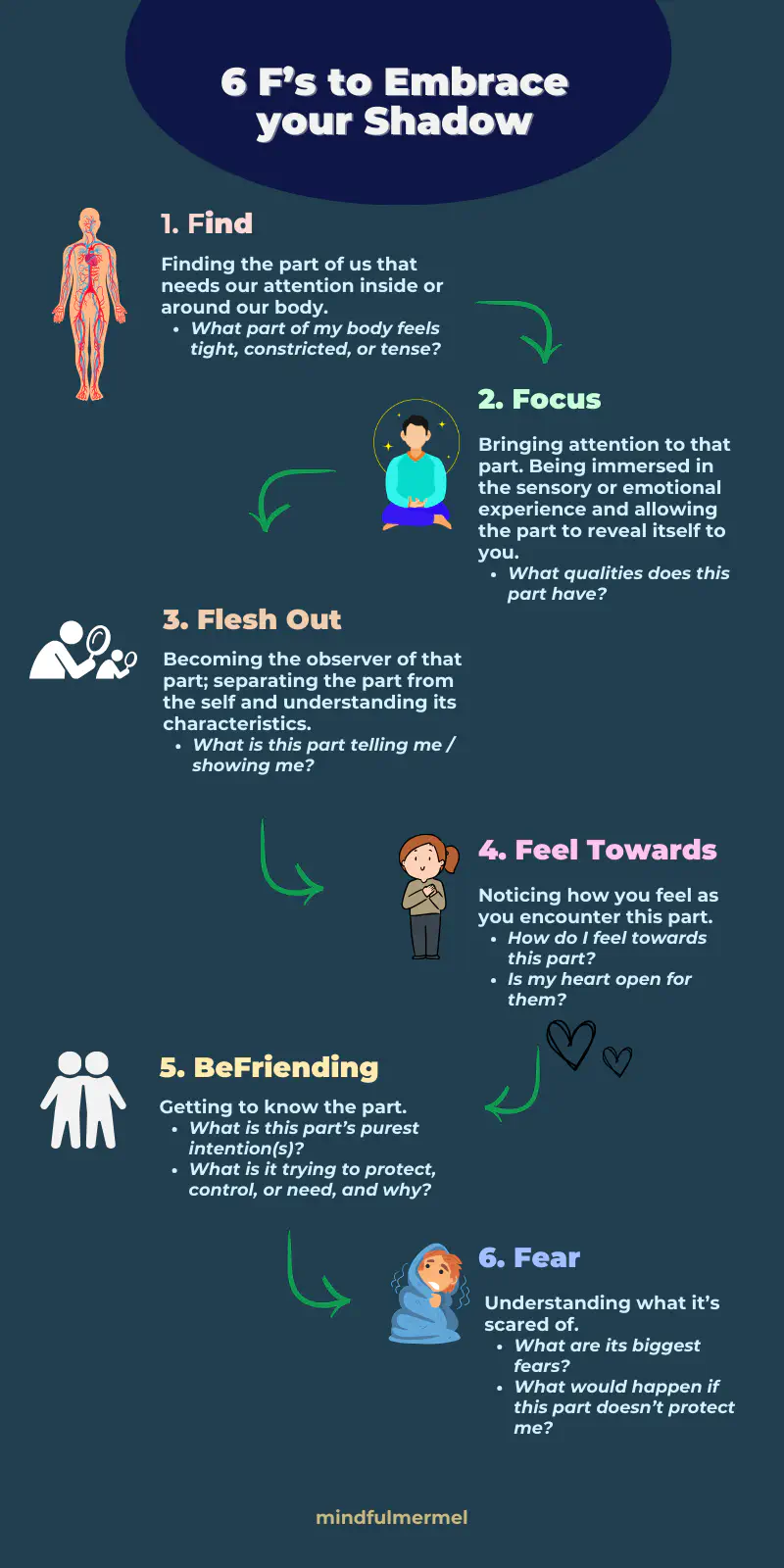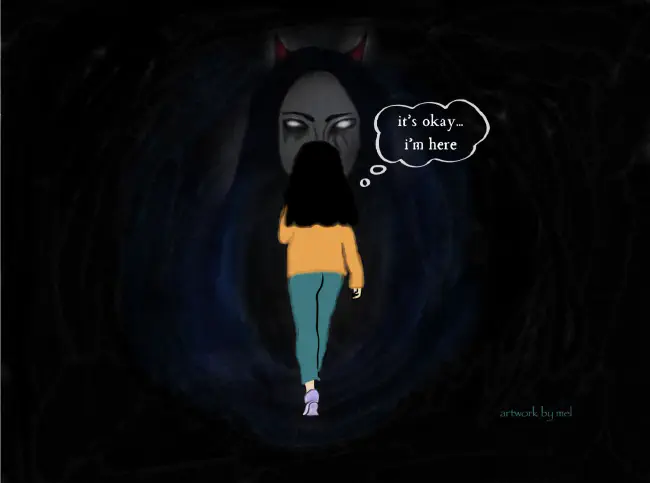embracing your dark side
- Updated:
- 4 min read

One does not become enlightened by imagining figures of light, but by making the darkness conscious.
– Carl Jung
welcome to your dark side
The dark side… aka the ‘shadow’… is the part of us that is hidden and repressed because it is usually perceived as a negative trait. Carl Jung, psychiatrist and founder of analytical psychology describes the shadow as the negative side of the ego, our inner devil, and the personification of evil. For example, when I see someone doing or saying something that disrupts my moral compass, my anger would start bubbling up and I automatically start to imagine swords being thrown into their eyeballs. I usually then feel some kind of remorse for thinking that way so I try to lock it up, and bury it beneath my subconscious. What I just explained right there is my shadow; the uncaring, cold, and immature part of me. I’ve realized that the more I try to deny my shadow, the more intense and out of control it gets. This made me think…what if I go into a state of acceptance and nurture rather than denial and shame during the times I face my shadow?

Society does a pretty good job labeling people as good or bad. Such actions and way of thinking can perpetuate the loneliness and disconnection that people often go through. The pressure to uphold the image of being this ideal human persists, only to disregard the other parts that make up one’s authentic self. What if we disengage from labels such as good or bad, and just see things as a part of someone? To step out of a judging lens and into a curious, compassionate lens. In doing so, we can move into a state of fluidity that allows us to be more accepting and compassionate toward ourselves in order to naturally heal and evolve.
When I am sharply judgmental of any other person, it’s because I sense or see reflected in them some aspect of myself that I don’t want to acknowledge.
– Gabor Maté
According to the Internal Family System Model (IFS), created by Richard Schwartz, there are no bad parts in each respective individual. The IFS is an evidence-based psychotherapy approach to access an individual’s inner protective and wounded parts (things that often feed the shadow) in order to heal them through a step by step process called the 6 F’s.
applying the 6 F’s to wholeness

The 6 F’s process can yield different experiences for everyone and it certainly takes practice. It can be an uncomfortable journey so it’s usually recommended to practice with a mental health professional who you feel safe with and is trained to do this work. However, I also believe in the efficacy of doing it independently. The process of embracing the shadow is really just internally revisiting and nurturing the part of us that we’re often ashamed, disgusted, or in denial of due to an underlying fear of external rejection.

The more we can cultivate curiosity and compassion towards ourselves, the more we can heal our wounds.
– Richard Schwartz
A sign that the 6 F’s process is going successfully is when the shadow self is met with curiosity, compassion, connectedness. Bringing our presence and providing nurture for what was being protected will bring us to a frequency where we do the same for others in their shadow; being consciously responsive rather than uncontrollably reactive.
When it comes to doing this deep inner work:Progress > Perfection
We humans long to feel seen, accepted, and included. It’s all about doing the work to recognize that the light at the end of the tunnel is the light we’ve had all along in the journey. :)
As far as we can discern, the sole purpose of human existence is to kindle a light in the darkness of mere being.
– Carl Jung